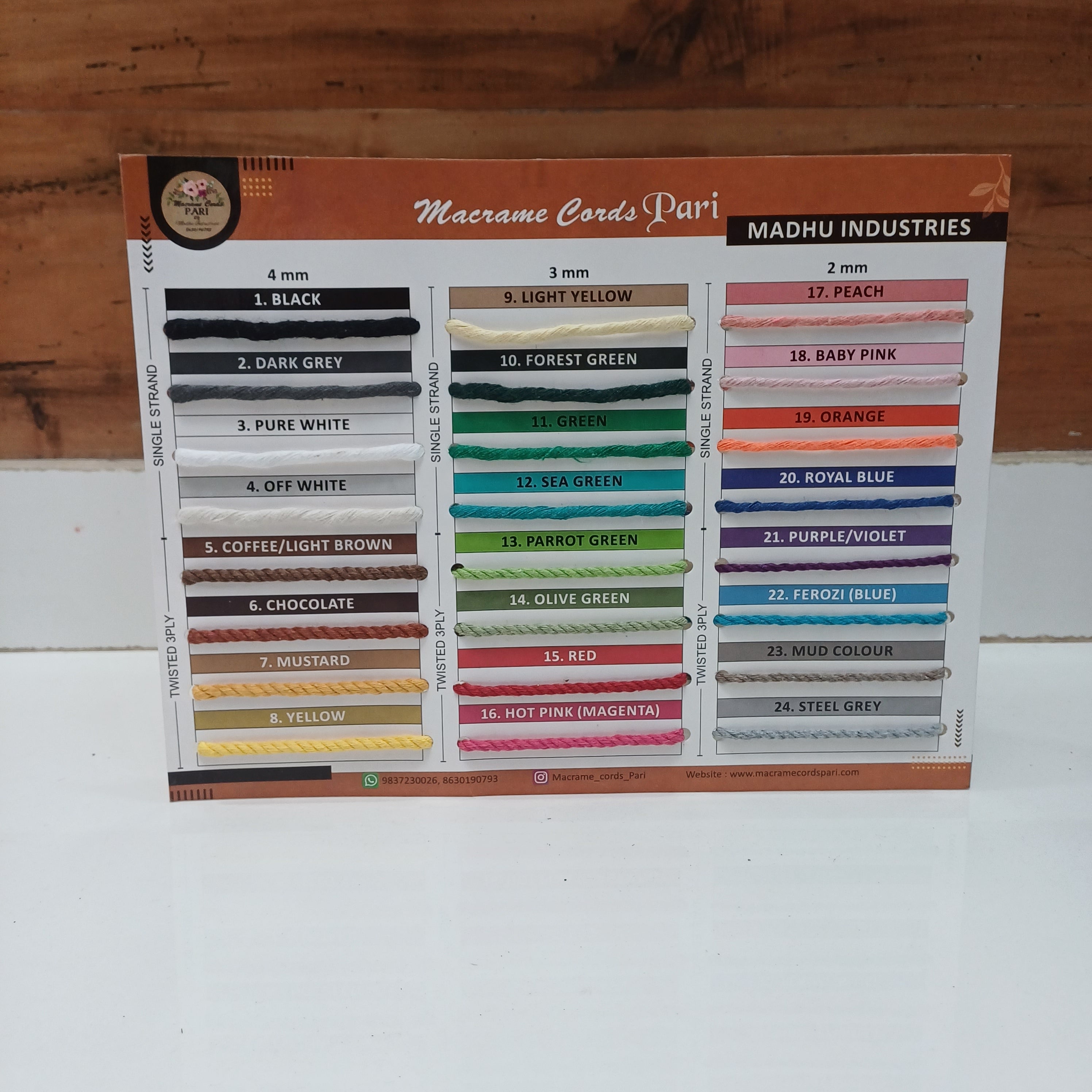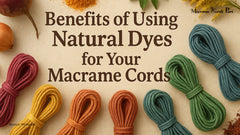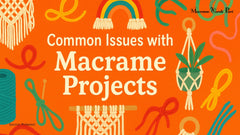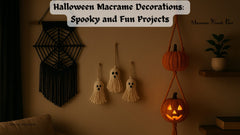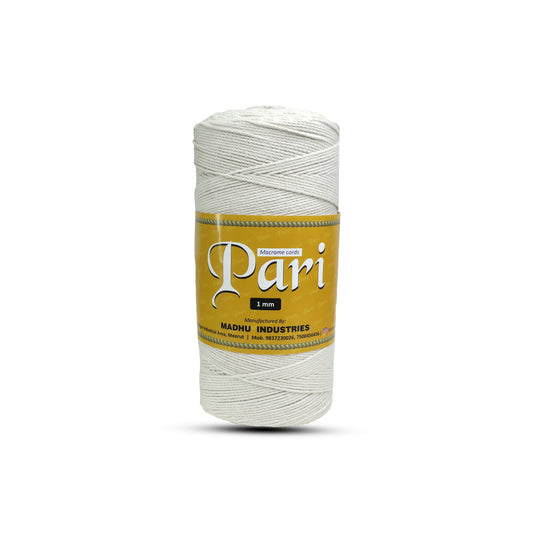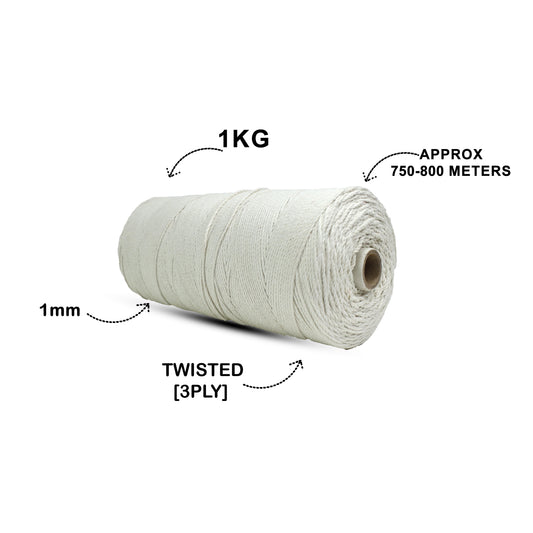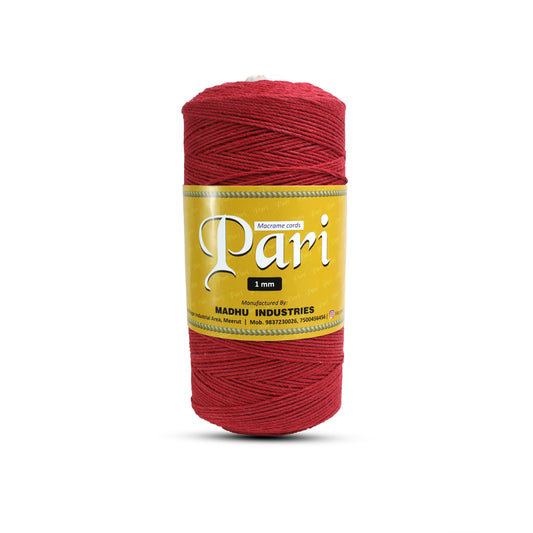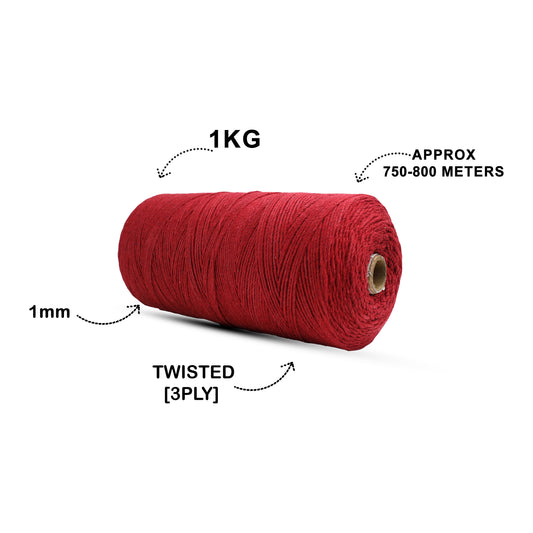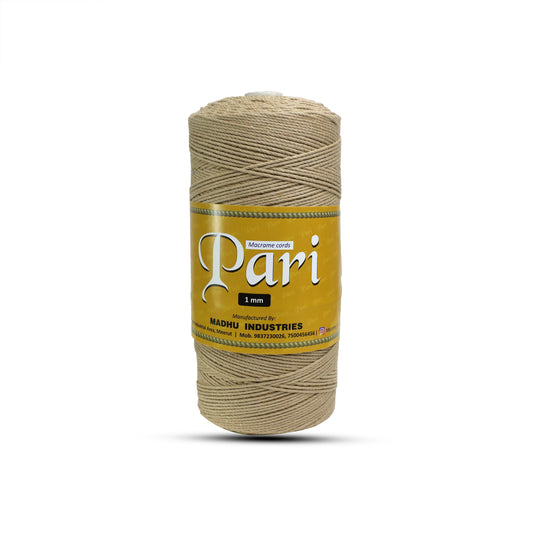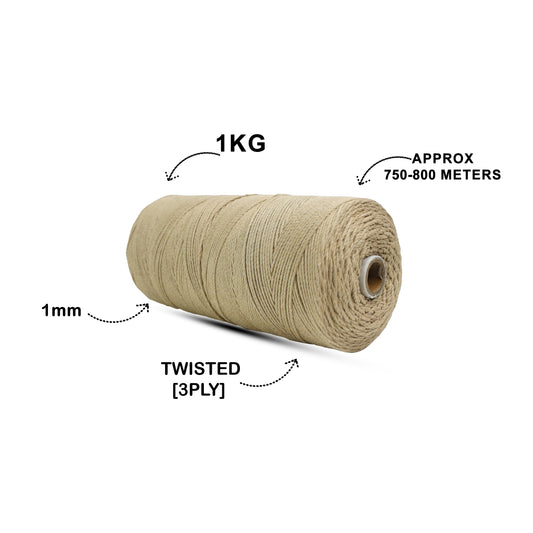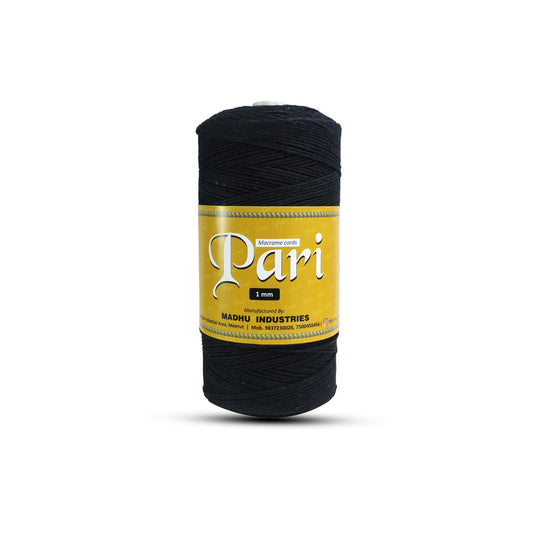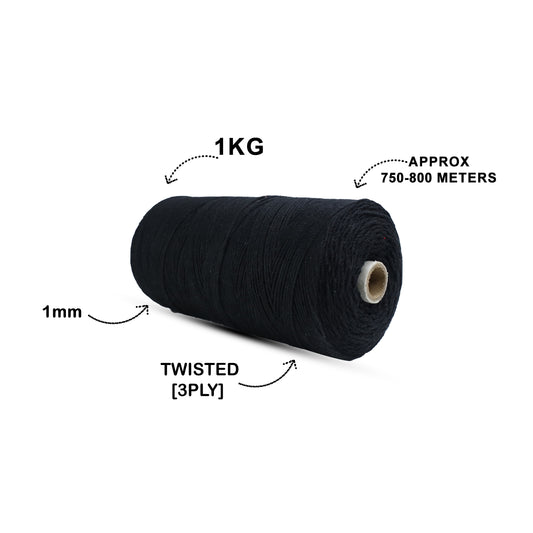Eco-Friendly Crafting: Tips for Reducing Waste in Your Projects
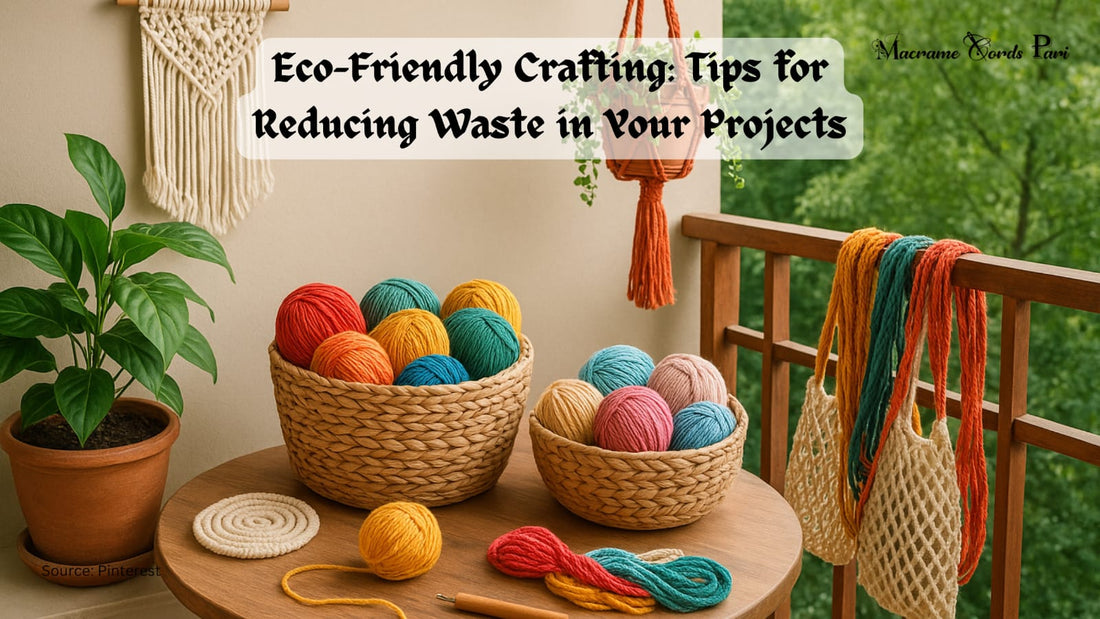
Careful crafting is not just about creating beauty, but it is about protecting the world where that beauty belongs!
Crafting is not just a hobby, but it is a form of self-expression, relaxation, and joy. When the artist creates, they often generate leftover materials, packaging waste, and even unwanted projects that eventually end up in the trash. That is where the embracing of eco-friendly crafting becomes important.
By making small, thoughtful choices, artists and hobbyists can reduce waste, conserve resources, and ensure that there is creativity that contributes positively to the planet. Macrame Cords Pari has taken the lead and let the growth of eco-friendly crafting. In this blog, we will share practical and inspiring tips for reducing waste in craft projects without compromising on creativity or quality.
Why Eco-Friendly Crafting Matters
Every craft supply we buy has an environmental impact on the resources. These materials are used to produce it, in the packaging it comes in, and to determine what happens when it is no longer useful. However, the non-biodegradable materials, synthetic fibers, and plastic packaging consequently result in polluting landfills or oceans. The individuals who adopt an eco-friendly tend to reduce waste that harms the environment.
The eco-friendly crafting allows the artisans to save money by reusing and repurposing materials. In addition, it promote sustainability by choosing natural, renewable supplies. Sustainable crafting is not about doing everything perfectly, it’s about making mindful choices using the bustling cords.
Tips for Reducing Waste in Your Projects
1. Choose Sustainable Materials
The artist should opt for eco-friendly supplies primarily organic cotton, jute, hemp, bamboo, or recycled fibers for the macrame projects. Natural materials are biodegradable and safer for the planet compared to synthetic ones. For macrame and fiber arts, Macrame Cords Pari provides a wide range of sustainable cords that are durable, versatile, and environmentally conscious.
2. Buy Only What You Need
Thought it i’s tempting to stockpile craft supplies, but overbuying significantly leads to unused materials. So, planning of project carefully is necessary, measure accurately, and purchase only what you will use initially. It tend to reduce both waste and clutter in home and allows flexibility while crafting the product.
3. Reuse and Repurpose Scraps
Don’t throw away leftover materials! Small cord scraps can be transformed into keychains, bookmarks, or tassels. Moreover, the fabric pieces can be stitched into patchwork designs. Even paper offcuts can become gift tags or collage art.
4. Recycle Old Projects
The artist should do things instead of discarding projects that no longer serve you. They can dismantle and reuse the materials. For example, an old macrame wall hanging can be untied, and the cords repurposed into smaller décor items.
5. Choose Eco-Friendly Tools and Packaging
The artist should swap the plastic tools for wooden or metal alternatives where possible. When gifting or selling your crafts, use recyclable or compostable packaging like kraft paper, jute twine, or cloth bags instead of plastic wraps.
6. Dye Naturally
If artists want to add color to their projects, they should consider natural dyes made from plants, fruits, and vegetables such as turmeric, beetroot, or onion skins. They are not just safer for the environment but also give the macrame creations a unique and organic look.
7. Work with Multipurpose Designs
The artist can create a versatile pieces that can be reused across various seasons. For instance, a macrame basket can become functionally well for the Easter décor, but also as year-round storage or a plant holder. The designing of these macrame products are enriched with longevity and reduces the need for disposable decorations.
8. Support Eco-Conscious Brands
When you are purchasing materials, you should look for companies that prioritize sustainability, ethical sourcing, and minimal packaging. Hence, the crafting choices of artist’s align with larger environmental goals.
Benefits of Waste-Free Crafting
-
Creativity Boost: Repurposing scraps challenges you to think outside the box.
-
Cost-Effective: Reusing and recycling materials saves money on supplies.
-
Minimal Footprint: Each eco-friendly decision reduces your environmental impact.
-
Emotional Satisfaction: Crafting with care for the planet feels meaningful and rewarding.
Macrame as a Model of Eco-Friendly Crafting
Among different crafts, macrame stands out as an eco-friendly option when made with natural fibers. Unlike plastic-based décor, macrame pieces are biodegradable, long-lasting, and reusable. With Macrame Cords Pari, artists can select single-strand, twisted, and braided cords in both natural and dyed hues. It ensures that every project balances creativity with sustainability. Whether it is a wall hangings, plant holders, or seasonal décor, macrame proves that style and sustainability can beautifully coexist in harmony.
Macrame Cords Pari Allows Artist to Craft With Purpose
Eco-friendly crafting is about making mindful choices that reduce waste and protect our planet while still celebrating creativity. From selecting sustainable materials and repurposing scraps to supporting ethical brands, every step counts and has the value. So the next time you sit down to knot, stitch, or paint, remember you’re not just making something beautiful, you’re also weaving a future that’s kinder to the earth.
Ready to craft sustainably? Explore Macrame Cords Pari’s collection of eco-friendly single-strand, twisted, and braided cords perfect for projects that honor both creativity and the environment!
